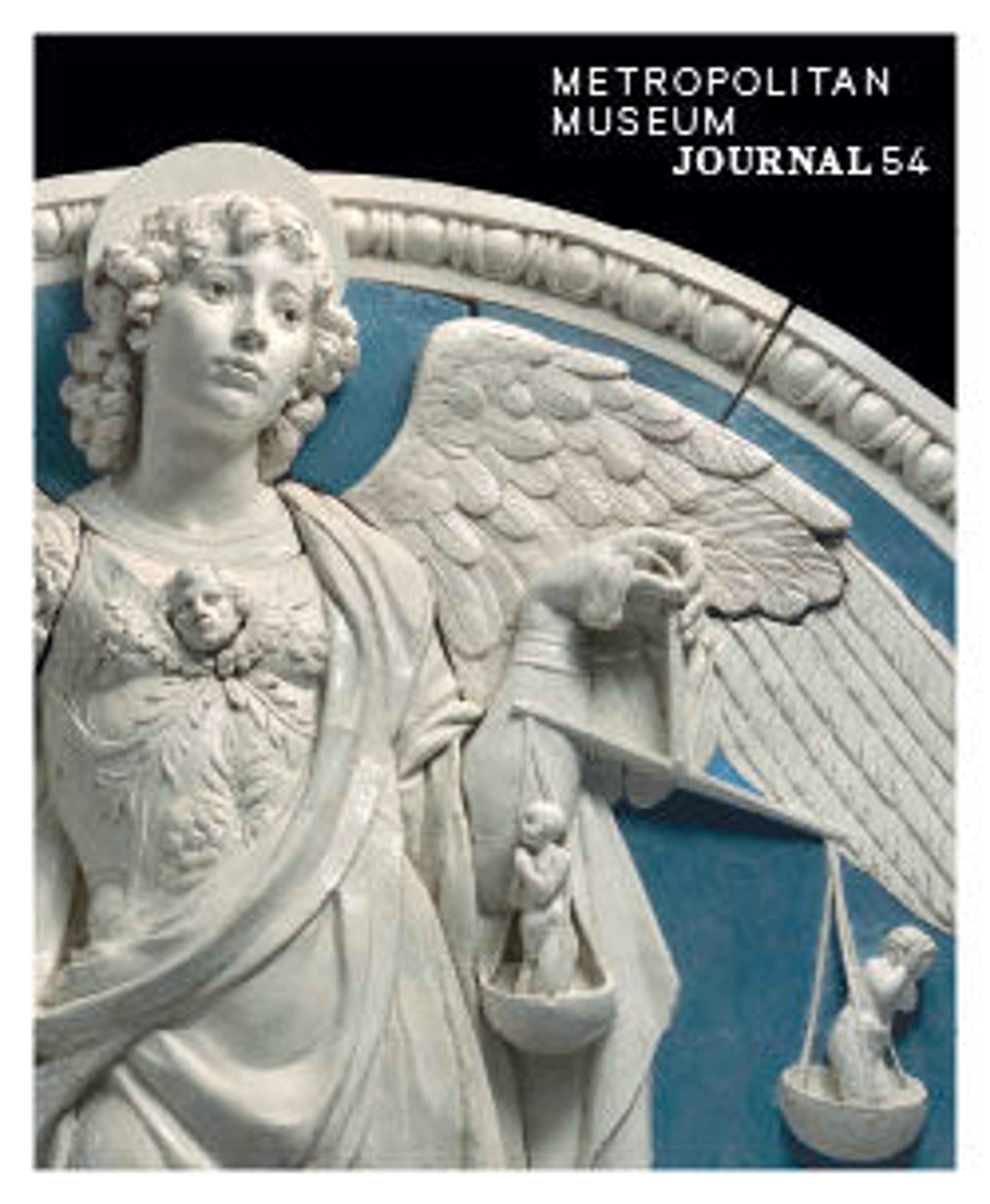Gathering at the Orchid Pavilion
In 353, the renowned calligrapher Wang Xizhi (307–365) and his friends met at the Orchid Pavilion (at Shanyin, in modern Zhejiang Province) to celebrate the spring festival of purification. Sitting by a stream, they held a poetry competition. When the time was up, eleven men had finished two poems, and fifteen had finished one; the sixteen who failed to come up with anything (among them, Wang’s son Xianzhi) were penalized by having to drink three additional cups of wine. In Qian Gu’s representation of this famous literary event, cups of wine float downstream as the poets, lined up on both sides, drink freely and struggle to complete their poems.
Orphaned at an early age, Qian Gu did not receive a formal education until adulthood, when he became a pupil of Wen Zhengming (1470–1559). This painting is modeled after a composition said to have been originated by Li Gonglin (ca. 1049–1106).
Orphaned at an early age, Qian Gu did not receive a formal education until adulthood, when he became a pupil of Wen Zhengming (1470–1559). This painting is modeled after a composition said to have been originated by Li Gonglin (ca. 1049–1106).
Artwork Details
- 明 錢榖 蘭亭修禊圖 卷
- Title: Gathering at the Orchid Pavilion
- Artist: Qian Gu (Chinese, 1508–ca. 1578)
- Period: Ming dynasty (1368–1644)
- Date: 1560
- Culture: China
- Medium: Handscroll; ink and color on paper
- Dimensions: Image: 9 1/2 x 171 1/2 in. (24.1 x 435.6 cm)
Overall with mounting: 9 3/4 x 491 3/8 in. (24.8 x 1248.1 cm) - Classification: Paintings
- Credit Line: Ex coll.: C. C. Wang Family, Gift of Douglas Dillon, 1980
- Object Number: 1980.80
- Curatorial Department: Asian Art
More Artwork
Research Resources
The Met provides unparalleled resources for research and welcomes an international community of students and scholars. The Met's Open Access API is where creators and researchers can connect to the The Met collection. Open Access data and public domain images are available for unrestricted commercial and noncommercial use without permission or fee.
To request images under copyright and other restrictions, please use this Image Request form.
Feedback
We continue to research and examine historical and cultural context for objects in The Met collection. If you have comments or questions about this object record, please contact us using the form below. The Museum looks forward to receiving your comments.
